Whole cassava root
Cassava is grown for its enlarged starch-filled roots, which contains nearly the maximum theoretical concentration of starch on a dry weight basis among food crops. Fresh roots contain about 30% starch and very little protein.
Roots are prepared much like potato. They can be peeled and boiled, baked, or fried. It is not recommended to eat cassava uncooked, because of potentially toxic concentrations of cyanogenic glucosides that are reduced to innocuous levels through cooking. In traditional settings of the Americas, roots are grated and the sap is extracted through squeezing or pressing.
The cassava is then further dried over a fire to make a meal or fermented and cooked. The meal can then be rehydrated with water or added to soups or stews. In Africa, roots are processed in several different ways.
They may be first fermented in water. Then they are either sun-dried for storage or grated and made into a dough that is cooked. Alcoholic beverages can be made from the roots.ion has seen tapioca pearls baked inside of cakes.
Cassava leaves
Young tender leaves can be used as a potherb, containing high levels of protein (8-10% F.W.).
The leaves can add protein to animal feed.
Prepared in a similar manner as spinach, care should be taken to eliminate toxic compounds during the cooking process. One clone with variegated leaves is planted as an ornamental.
Style: fresh leaves
Specification
Size : 7 cm
Color : green
Maturity : 9 months
Packing : in PP bags or as buyer’s request

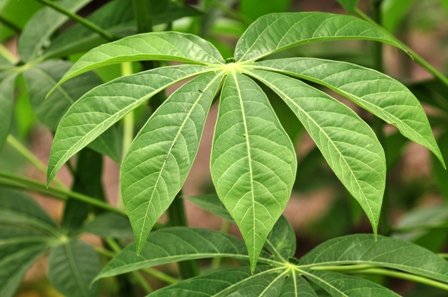
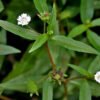

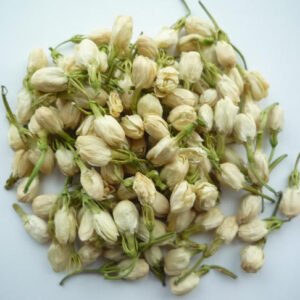


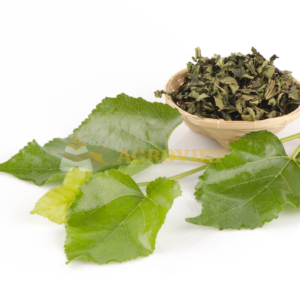


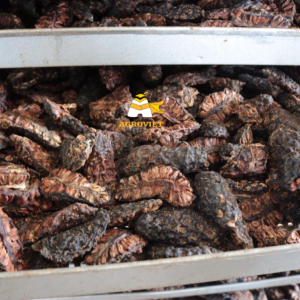

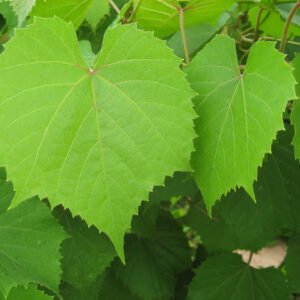



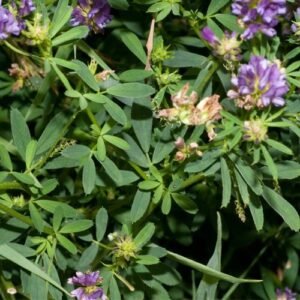






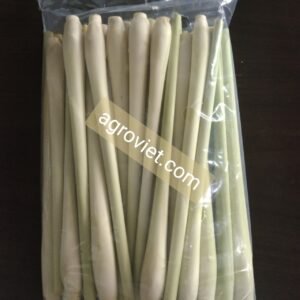
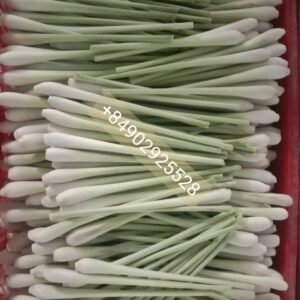
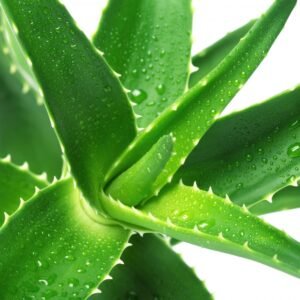



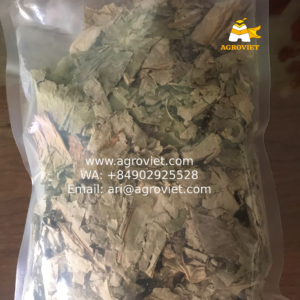


Reviews
There are no reviews yet.